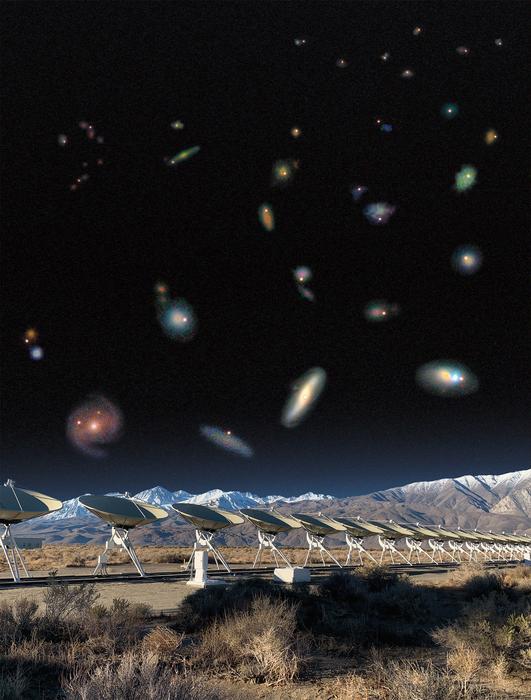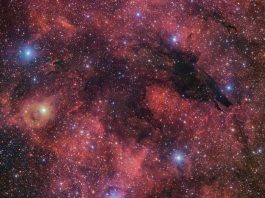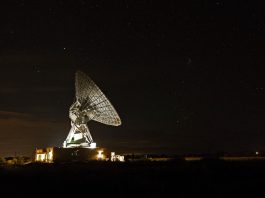There are currently hundreds of fast radio bursts, and scientists have assembled mounting evidence to explain what triggers them: highly magnetised neutron stars known as magnetars (neutron stars are a type of dead star).
Now, Caltech-led researchers have uncovered where fast radio bursts (FRBs) are more likely to occur in the Universe – in massive star-forming galaxies rather than low-mass ones.
This finding has led to new ideas about how magnetars themselves form. Specifically, the work suggests that these exotic dead stars, whose magnetic fields are 100 trillion times stronger than Earth’s, often form when two stars merge and later blow up in a supernova.
Previously, it was unclear whether magnetars formed in this way from the explosion of two merged stars or whether they might form when a single star explodes.
The hidden secrets of magnetars
“The immense power output of magnetars makes them some of the most fascinating and extreme objects in the universe,” said Kritti Sharma, lead author of the new study.
“Very little is known about what causes the formation of magnetars upon the death of massive stars, but our work helps to answer this question.”
The project began by searching for fast radio bursts using the Deep Synoptic Array-110 (DSA-110), a Caltech project funded by the National Science Foundation and based at the Owens Valley Radio Observatory near Bishop, California.
The sprawling radio array has detected and localised 70 FRBs to their specific galaxy of origin (only 23 other FRBs have been localised by other telescopes). In the current study, the researchers analysed 30 of these localised FRBs.
How fast radio bursts occur in galaxies
Although fast radio bursts are known to occur in galaxies that are actively forming stars, the team, to its surprise, found that the FRBs tend to occur more often in massive star-forming galaxies than low-mass star-forming galaxies.
This alone was interesting because astronomers had previously thought that FRBs were going off in all types of active galaxies.
With this new information, the team started to ponder what the results revealed about fast radio bursts. Massive galaxies tend to be metal-rich because the metals in our universe—elements that are manufactured by stars—take time to build up over the course of cosmic history.
The fact that FRBs are more common in these metal-rich galaxies implies that the source of FRBs, magnetars, are also more common in these types of galaxies.
Stars that are rich in metals—which in astronomical terms means elements heavier than hydrogen and helium—tend to grow larger than other stars.
“A star with more metal content puffs up, drives mass transfer, culminating in a merger, thus forming an even more massive star with a total magnetic field greater than the individual star would have,” Sharma explained.
Future uses of the research
In the future, the team hopes to hunt down more fast radio bursts and their places of origin using DSA-110 and, eventually, the DSA-2000, an even bigger radio array planned to be built in the Nevada desert and completed in 2028.
Ravi concluded: “This result is a milestone for the whole DSA team. A lot of the authors of this paper helped build the DSA-110.
“The fact that the DSA-110 is so good at localising fast radio bursts bodes well for the success of DSA-2000.”









